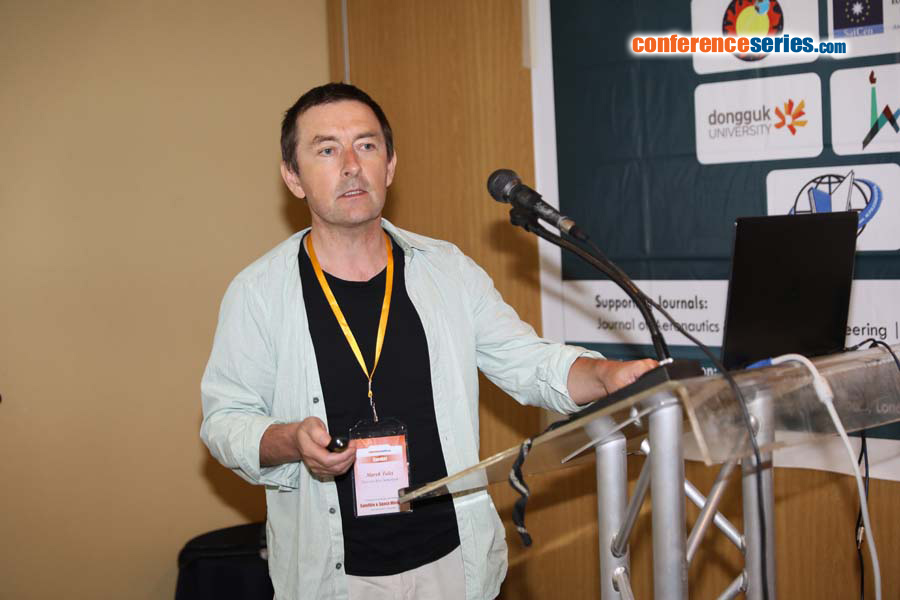
Marek Tulej
University Bern, Switzerland
Title: Searching for extinct or present microbial life on planetary surface
Biography
Biography: Marek Tulej
Abstract
Statement of the Problem: There is a growing interest in the development of the analytical instrumentation suitable to identify past and/or present life on the other planets. A combination of laser mass spectrometry and optical microscopy can be powerful for in situ searches of extinct or extant life forms embedded in minerals. On the Earth, the microbial life forms appeared likely earlier than 3.3 billion years ago. Also, Mars is expected to be some 3.5 billion years ago habitable hosting a great body of liquid water. New planetary targets in searching for life are Europa and Enceladus with their oceans covered by ice layers. Our instrument can be used to identify locations of putative life forms on rocks or ice surface by microscopy and to deliver chemical composition by laser ablation and laser desorption mass spectrometry. The miniature instrument suit is currently being developed for the future application on landed spacecraft. Our near future activities are focused on fitting such an instrument into the stringent requirements of a space mission regarding mass, power, volume and autonomous operations.
Methodology & Theoretical Orientation: The current studies are conducted on fossilized life forms embedded in mineralogical phase. The microscope optical analysis yield morphological and spectral details of the analyzed surface. The chemical analysis (elemental, isotope and molecular) are conducted using laser mass spectrometry.
Results & Conclusions: While from the elemental analyses the identification of bio-relevant elements and an insight to possible metabolic processes can be obtained, on the other hand from the measurement of isotope ratios one can conclude on a biotic or abiotic isotope fractionation mechanism. The matrix-assisted laser desorption/ionisation mass spectrometry (MALDI) can be applied, in addition, to search for possible detection of complex organic molecules. These chemical analyses together with the morphology of the investigated feature can deliver strong evidence for the presence of simple life forms.


